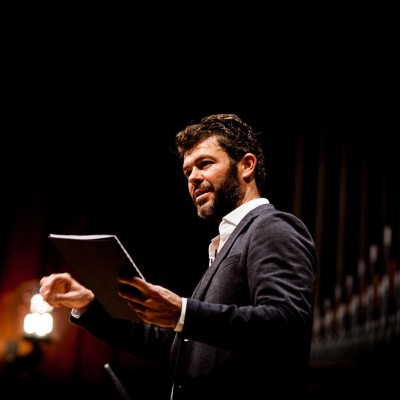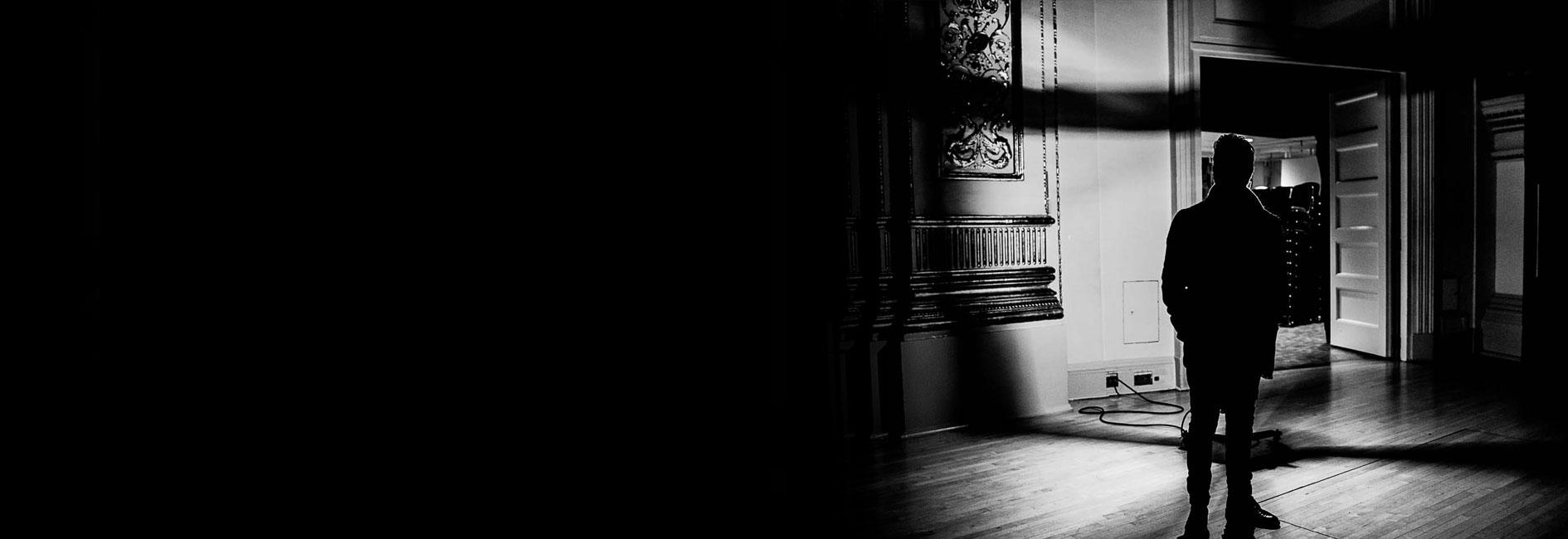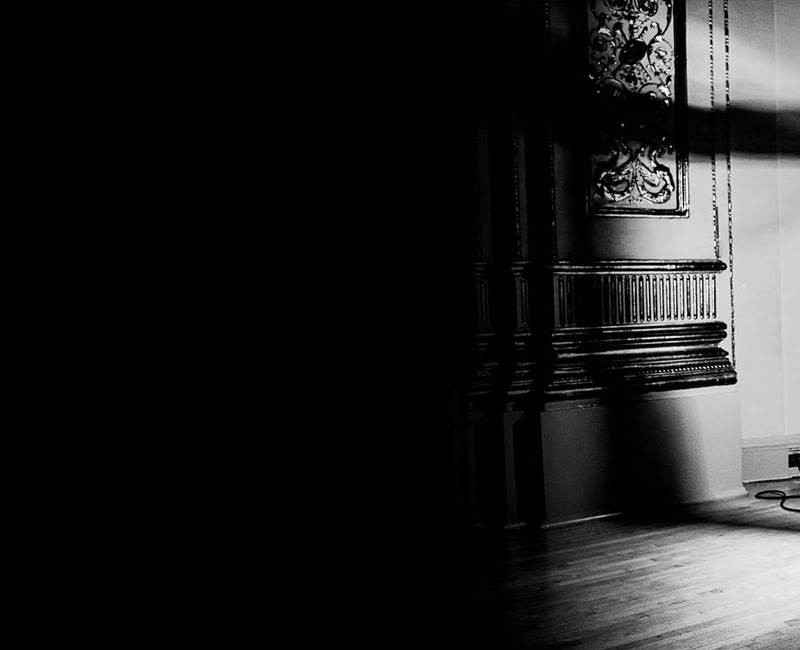
Inside Mendelssohn’s Symphony No 3, ‘Scottish’
02 Sep 2016
Conductors have these pieces, totems you might call them, which guide them at momentous times. For Pablo Heras-Casado, as it was for Dimitri Mitropoulos, that totem is Mendelssohn’s Scottish Symphony. He could hardly have planned to make his debut in January with the Vienna Philharmonic in the piece, in place of the recently retired Nikolaus Harnoncourt. And many of his other important debuts – in London, Salzburg, Munich and Berlin among others – have come with a work that he singles out as the most original and satisfying answer to the problem of the symphony addressed in the difficult generation of the 1830s and ’40s, when so many composers were at once inspired and overawed by Beethoven’s example. ‘This piece has everything,’ he says.
It was a Berlin performance in 2010 that caught the ear of Martin Sauer, Senior Producer for Harmonia Mundi, and led to the conductor’s increasingly fruitful relationship with the Freiburg Baroque Orchestra, which has already yielded discs of Schubert and Schumann. Broadcasts of earlier performances reveal a fairly consistent shape to the piece whose exact dimensions yield to each orchestra’s individual physiognomy in sound: the Berlin Philharmonic’s string sostenuto like rings of teak, or the Bavarian Radio’s smoothly modulated wind band. With the Freiburg band, however, ‘you get many clues,’ finds Heras-Casado, ‘many answers to what Mendelssohn had in mind. In many orchestras the violas tend to lead the opening chorale, they play out, and it never works. The violas need to be a colour of the oboe here.’ This chorale both introduces the first-movement Allegro and also acts as one half of a formally innovative frame around the entire symphony, and it is distinguished by Mendelssohn’s orchestration, ‘fragile, like a leaf in autumn’ and then anchored at both ends by bass and flute in the reprise.
Read the entire feature at the following link.

